Decoding Randall’s Island: A Geographic and Historic Exploration By Maps
Associated Articles: Decoding Randall’s Island: A Geographic and Historic Exploration By Maps
Introduction
With enthusiasm, let’s navigate by the intriguing subject associated to Decoding Randall’s Island: A Geographic and Historic Exploration By Maps. Let’s weave attention-grabbing data and supply recent views to the readers.
Desk of Content material
Decoding Randall’s Island: A Geographic and Historic Exploration By Maps

Randall’s Island, a verdant escape nestled within the East River between Manhattan, Queens, and the Bronx, boasts a wealthy and sophisticated historical past mirrored in its distinctive geography. Understanding this historical past and its impression on the island’s current requires a cautious examination of its cartographic illustration over time. Whereas a single, definitive "Randall’s Island map" would not exist, analyzing varied maps – from early colonial surveys to trendy leisure guides – reveals an interesting narrative of transformation and improvement.
Early Representations: A Shifting Panorama
The earliest maps of the realm depicting what would grow to be Randall’s Island showcase a vastly completely different panorama than the one we all know at present. Earlier than its synthetic consolidation, the realm consisted of three distinct islands: Wards, Little, and Nice Randall’s Island. These early maps, usually hand-drawn and missing the precision of recent cartography, illustrate the meandering river channels and marshlands that dominated the realm. Dutch colonial maps, as an illustration, would possibly present the islands as comparatively undeveloped, highlighting the pure options quite than human intervention. These paperwork are essential for understanding the unique ecological state of the realm, revealing the pre-industrial panorama of forests, wetlands, and tidal flats. The dearth of detailed infrastructure on these early maps underscores the comparatively low human impression on the islands earlier than important improvement tasks started.
The transition from separate islands to the unified Randall’s Island is a key narrative woven into its cartographic historical past. Maps from the mid-Nineteenth and early twentieth centuries start to indicate the engineering feats undertaken to attach the three islands. These maps illustrate the dredging of channels, the development of fill, and the creation of the causeways and bridges that basically altered the island’s geography. These modifications, pushed by town’s increasing wants for infrastructure and leisure house, are vividly portrayed by the evolving shoreline depicted on successive maps. The meticulous element of those maps, usually produced by engineering corporations concerned within the tasks themselves, gives beneficial insights into the development course of and the gradual transformation of the panorama. Evaluating these maps permits us to visually hint the filling-in of wetlands, the straightening of river channels, and the emergence of the recognizable form of present-day Randall’s Island.
The Affect of Institutional Improvement on Mapping
The event of institutional makes use of on Randall’s Island profoundly impacted its cartographic illustration. The institution of hospitals, correctional amenities, and ultimately leisure areas every left its mark on the maps. Maps from the late Nineteenth and early twentieth centuries would possibly spotlight the areas of those establishments, usually with a better degree of element inside their boundaries. For instance, a map from the period when town’s penitentiary occupied a good portion of the island would showcase the jail advanced’s structure, partitions, and inner buildings with outstanding accuracy. Equally, maps related to the event of hospitals would element constructing areas, entry roads, and probably even inner ward layouts, reflecting the institutional priorities of the time.
The shift in the direction of leisure use within the latter half of the twentieth century can also be evident within the altering cartographic focus. Fashionable maps more and more emphasize the island’s parkland, highlighting its athletic fields, strolling paths, and leisure amenities. These maps usually make use of a extra visually interesting model, utilizing color-coding and clear labeling to information guests by the island’s varied sights. The dimensions and element may additionally range, with some maps offering an summary of the whole island whereas others deal with particular areas just like the Icahn Stadium or the Randall’s Island Park. This shift displays a change within the island’s main perform, from primarily institutional to largely leisure.
Fashionable Mapping and Accessibility
As we speak, accessing maps of Randall’s Island is remarkably straightforward. On-line platforms like Google Maps, MapQuest, and Apple Maps present detailed and interactive maps, permitting customers to discover the island’s options just about. These digital maps usually combine satellite tv for pc imagery, offering a high-resolution visible illustration of the island’s present state. Customers can zoom out and in, discover avenue views, and even entry real-time site visitors data. This degree of accessibility was unimaginable in earlier eras, the place accessing detailed maps usually required specialised data or entry to bodily archives.
Moreover, specialised maps catering to particular actions are available. Runners can discover maps highlighting operating trails, cyclists can entry maps showcasing bike paths, and people thinking about particular historic websites can discover maps specializing in specific landmarks. This variety of digital mapping displays the multifaceted nature of Randall’s Island and its attraction to a broad vary of customers.
Past the Bodily: Mapping the Island’s Narrative
The maps of Randall’s Island usually are not merely geographical representations; they’re historic paperwork that inform a narrative. By evaluating maps from completely different eras, we will hint the evolution of the island’s panorama, the altering priorities of its customers, and the impression of human intervention on the pure surroundings. The transition from a set of sparsely inhabited islands to a vibrant leisure hub is a story vividly portrayed by the evolution of its cartographic representations.
The way forward for Randall’s Island mapping will probably contain even better integration of expertise. Interactive maps would possibly incorporate historic knowledge, permitting customers to check the island’s previous and current. Augmented actuality purposes might overlay historic photographs onto the present panorama, providing a singular mix of historic context and real-time data. The continued improvement of digital mapping applied sciences guarantees to boost our understanding and appreciation of this dynamic and traditionally important island. In essence, the maps of Randall’s Island usually are not simply instruments for navigation, however home windows into the previous, current, and way forward for a singular and evolving city panorama.
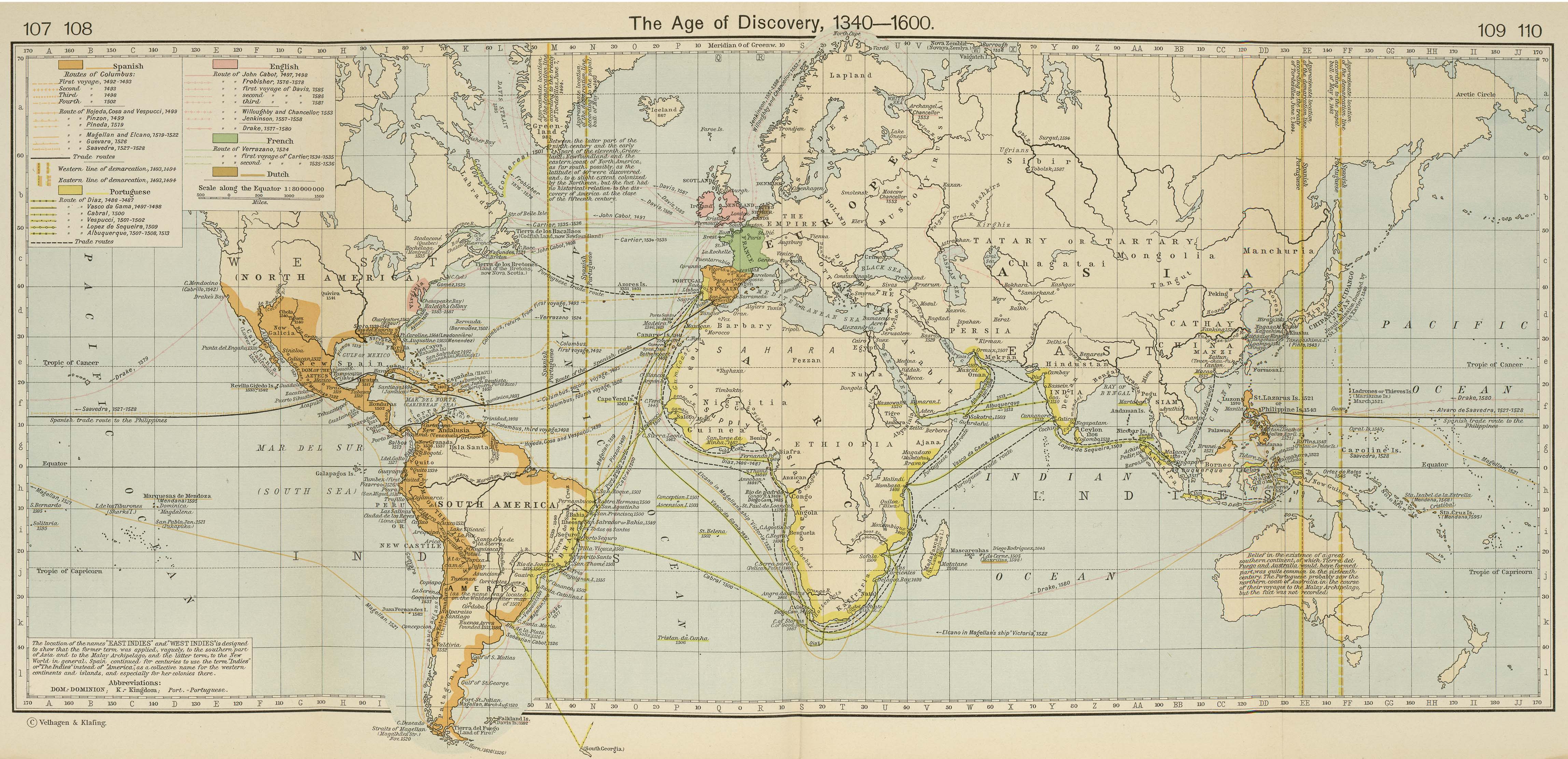
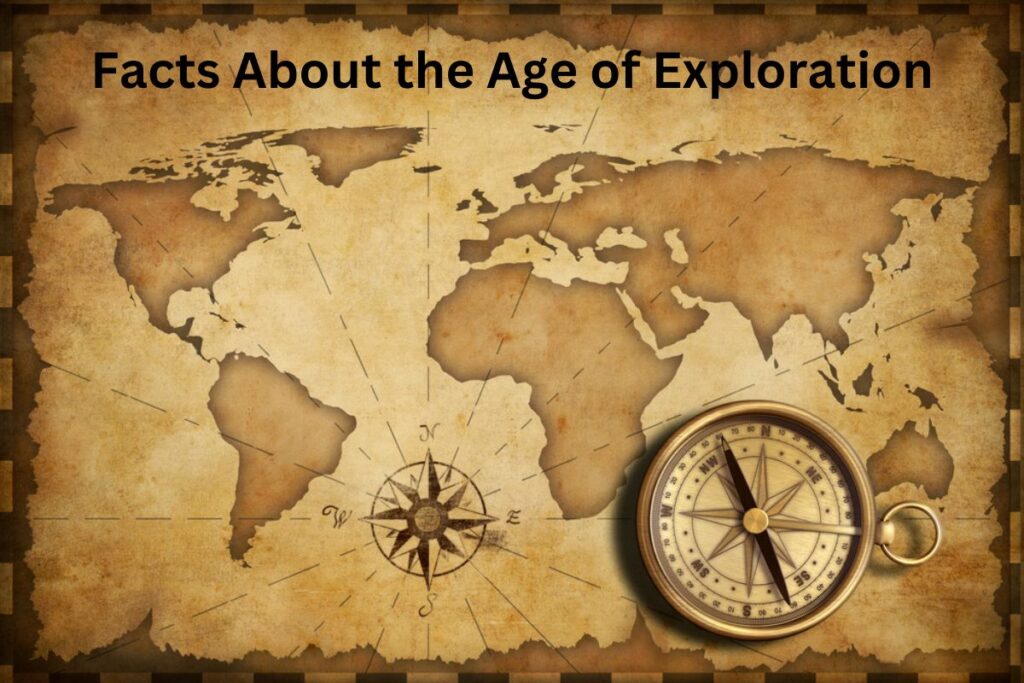
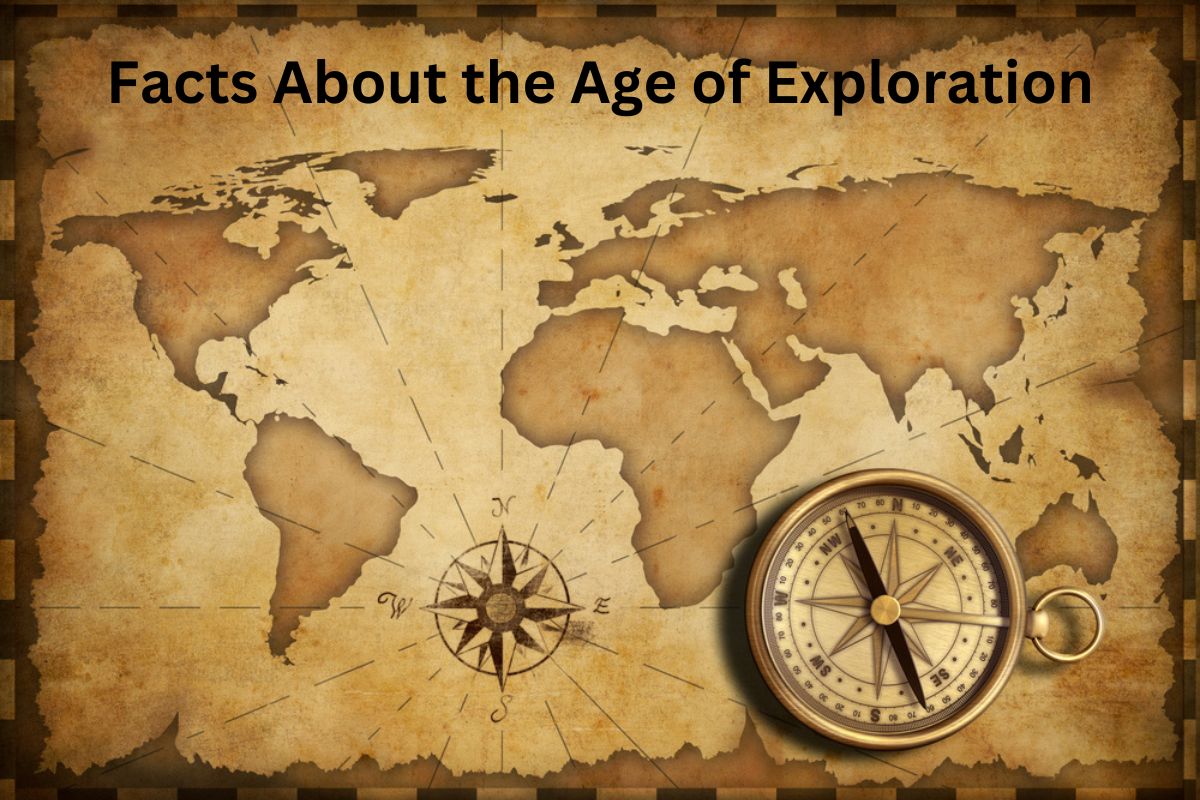

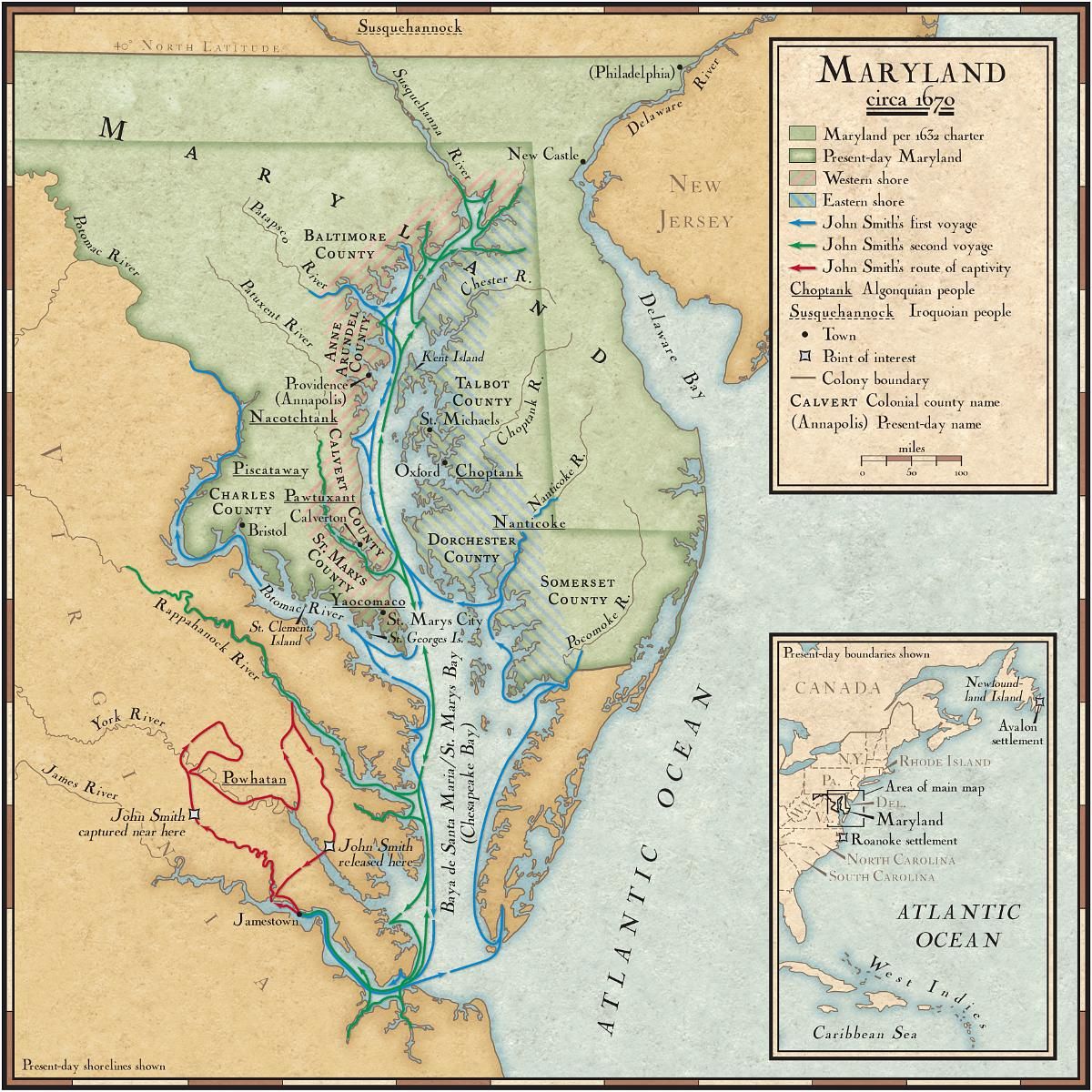

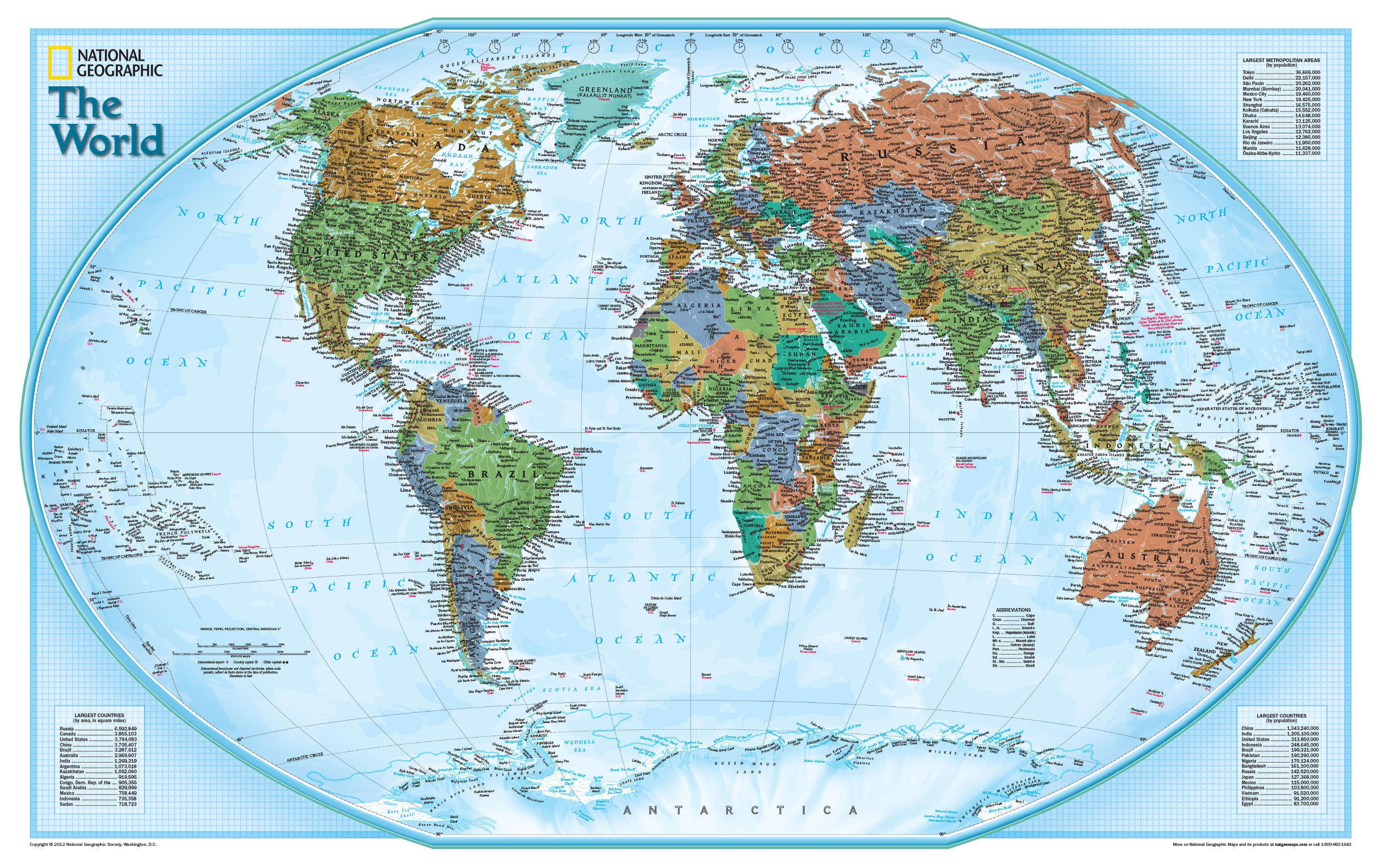

Closure
Thus, we hope this text has offered beneficial insights into Decoding Randall’s Island: A Geographic and Historic Exploration By Maps. We hope you discover this text informative and helpful. See you in our subsequent article!